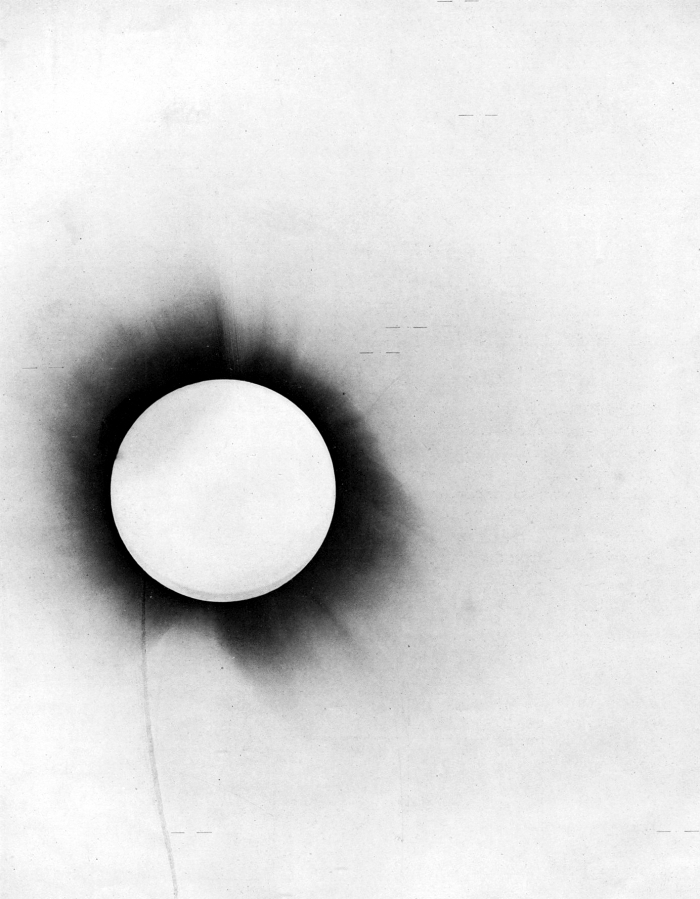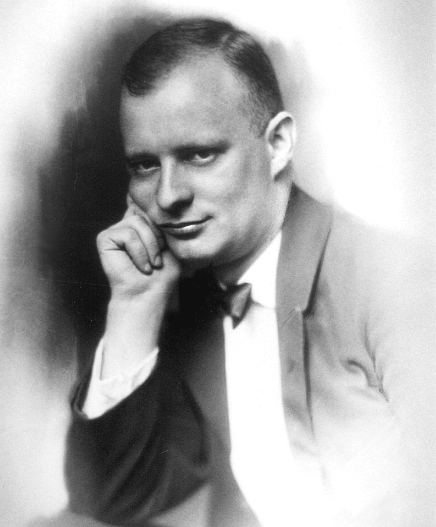Arquipélago de Gulag é provavelmente a mais forte e a certamente a mais influente obra sobre como funcionavam os
gulags (
campos de concentração e de
trabalho forçado na antiga
União Soviética) nos tempos de
Estaline.
| “ |
Dedico
este livro a todos quantos a vida não chegou para o relatar. Que eles
me perdoem por não ter visto tudo, por não ter recordado tudo, por não me ter
apercebido de tudo. |
” |
Escrito por
Alexander Soljenítsin,
o livro de cerca de 600 páginas é uma narrativa sobre factos que foram
presenciados pelo autor, prisioneiro durante onze anos, em Kolima, num
dos campos do arquipélago, e por duzentas e trinta e sete pessoas, que
confiaram as suas cartas e relatos ao autor.
| “ |
Kolima
era a maior e a mais célebre ilha, o pólo de ferocidade desse
assombroso Arquipélago de GULAG, desgarrado pela geografia num
arquipélago, mas psicologicamente ligado ao continente, a esse quase
invisível, quase intangível país habitado pelo povo zek. |
” |
Escrito entre
1958 a
1967, a obra foi publicada no
ocidente (em Paris) no ano de
1973 (a 28 de dezembro) e circulou clandestinamente na
União Soviética, numa versão minúscula, escondida, até à sua publicação oficial no ano de
1989.
"GULag" é um
acrónimo em russo para o termo: "
Direção Principal (ou Administração)
dos Campos de Trabalho Corretivo" ("
Glavnoye
Upravleniye Ispravitelno-trudovykh
Lagerey"), um nome burocrático para este sistema de campos de concentração.
O título original em russo do livro era "Arkhipelag GULag". A
palavra arquipélago relaciona-se ao sistema de campos de trabalho
forçado espalhados por toda a União Soviética como uma vasta corrente de ilhas, conhecidas apenas por quem fosse destinado a visitá-las.
Since the Soviet Union's
dissolution and the formation of the
Russian Federation,
The Gulag Archipelago is included in the high school program in
Russia as mandatory reading in 2009.
Structurally, the text is made up of seven sections divided (in most
printed editions) into three volumes: parts 1–2, parts 3–4, and parts
5–7. At one level, the
Gulag Archipelago traces the history of the Soviet concentration camp and forced labour system from 1918 to 1956, starting with
V.I. Lenin's original decrees shortly after the
October Revolution establishing the legal and practical frame for a
slave labor economy, and a punitive concentration camp system. It describes and discusses the waves of
purges, assembling the
show trials in context of the development of the greater gulag system with particular attention to the legal and bureaucratic development.
The legal and historical narrative ends in 1956, the time of
Nikita Khrushchev's
Secret Speech at the
20th Party Congress of 1956 denouncing
Stalin's
personality cult,
his autocratic power, and the surveillance that pervaded the Stalin
era. Though the speech was not published in the USSR for a long time, it
was a break with the most atrocious practices of the concentration camp
system; Solzhenitsyn was aware, however, that the outlines of the gulag
system had survived and could be revived and expanded by future
leaders.
Despite the efforts by Solzhenitsyn and others to confront this
Soviet system, the realities of the camps remained taboo into the 1980s.
While Khrushchev, the Communist Party, and the Soviet Union's
supporters in the West viewed the gulag as a deviation of Stalin,
Solzhenitsyn and the opposition tended to view it as a systemic fault of
Soviet political culture - an inevitable outcome of the
Bolshevik political project.
Parallel to this historical and legal narrative, Solzhenitsyn follows the typical course of a
zek (a slang term for
inmate) through the concentration camp system, starting with arrest,
show trial
and initial internment; transport to the "archipelago"; treatment of
prisoners and general living conditions; slave labor gangs and the
technical prison camp system (where
Andrei Sakharov and his team of prisoner-scientists developed the Soviet Union's first
hydrogen bomb); camp rebellions and strikes (see
Kengir uprising);
the practice of internal exile following completion of the original
prison sentence; and ultimate (but not guaranteed) release of the
prisoner. Along the way, Solzhenitsyn's examination details the trivial
and commonplace events of an average zek's life, as well as specific and
noteworthy events during the history of the gulag system, including
revolts and uprisings.
Aside from using his experiences as a zek at a scientific prison (a
sharashka), the basis of the novel
The First Circle
(1968), Solzhenitsyn draws from the testimony of 227 fellow zeks, the
first-hand accounts which base the work. One chapter of the third volume
of the book is written by a prisoner named Georg Tenno, whose exploits
enraptured Solzhenitsyn to the extent that he offered Tenno a position
as co-author of the book; Tenno declined.
The sheer volume of firsthand testimony and primary documentation that Solzhenitsyn managed to assemble in The Gulag Archipelago
made all subsequent Soviet and KGB attempts to discredit the work
useless. Much of the impact of the treatise stems from the closely
detailed stories of interrogation routines, prison indignities and
(especially in section 3) camp massacres and inhuman practices.
There had been works about the Soviet prison/camp system before, and
its existence was known to the Western public since the 1930s. However,
never before had the wide reading public been brought face to face with
the horrors of the Soviet system in this way. The controversy
surrounding this text in particular was largely due to the way
Solzhenitsyn definitively and painstakingly laid the theoretical, legal
and practical origins of the gulag system at Lenin's feet, not Stalin's.
According to Solzhenitsyn's testimony, Stalin merely amplified a
concentration camp
system that was already in place. This is significant, as many Western
intellectuals viewed the Soviet concentration camp system as a
"Stalinist aberration."
Solzhenitsyn argued that the Soviet government could not govern
without the threat of imprisonment, and that the Soviet economy depended
on the productivity of the forced labor camps, especially insofar as
the development and construction of public works and infrastructure were
concerned.
This put into doubt the entire moral standing of the Soviet system.
In Western Europe the book came, in time, to force a rethinking of the
historical role of Lenin. With
The Gulag Archipelago, Lenin's political and historical legacy became problematic, and the fractions of Western
communist parties who still based their economic and political ideology on Lenin were left with a heavy burden of proof against them.
George F. Kennan, the influential U.S. diplomat, called
The Gulag Archipelago, "the most powerful single indictment of a political regime ever to be levied in modern times."
In an Interview with German weekly
Die Zeit British historian
Orlando Figes
claims that many gulag inmates he interviewed for his research
identified so strongly with the book's contents that they became unable
to distinguish between their own experiences and what they read. Thus,
he claims "
The Gulag Archipelago spoke for a whole nation and was the voice of all those who suffered".
After the KGB had confiscated Solzhenitsyn's materials in Moscow, during 1965-1967, the preparatory drafts of
The Gulag Archipelago were turned into finished typescript in hiding at his friends' homes in
Estonia. While in the KGB's
Lubyanka Prison, Solzhenitsyn had befriended
Arnold Susi,
a lawyer and former Estonian Minister of Education. After completion,
Solzhenitsyn's original handwritten script was kept hidden from the KGB
in Estonia by Arnold Susi's daughter, Heli Susi, until the dissolution
of the Soviet Union.
The
KGB seized one of only three extant copies of the text still on Soviet soil. This was achieved by torturing
Elizaveta Voronyanskaya, Solzhenitsyn's typist who knew where the typed copy was hidden; within days of her release by the KGB, she hanged herself on 3 August 1973.
Translated into English by American
Thomas Whitney,
the English and French translations of Volume I appeared in the spring
and summer of 1974. Solzhenitsyn had been in touch with them about the
upcoming publication, which he knew he could not put off much longer,
but the final decision was taken by the YMCA Press itself with the
author's implicit approval (two years previously, it had published
August 1914).
Solzhenitsyn had wanted the manuscript to be published in Russia
first, but knew this was impossible under conditions then extant. The
international impact of the work was profound. Not only did it provoke a
very vivid debate in the West, a mere six weeks after the work had left
Parisian presses Solzhenitsyn himself was forced into exile.
Because possession of the manuscript incurred the risk of a long
prison sentence for 'anti-Soviet activities', Solzhenitsyn never worked
on the manuscript in complete form. Due to the KGB's constant
surveillance of him, Solzhenitsyn only worked on parts of the manuscript
at any one time, so as not to put the book as a whole into jeopardy if
he happened to be arrested. For this reason, he secreted the various
parts of the work throughout Moscow and the surrounding suburbs, in the
care of trusted friends, and sometimes purportedly visiting them on
social calls, but actually working on the manuscript in their homes.
During much of this time, Solzhenitsyn lived at the dacha of the
world-famous cellist
Mstislav Rostropovich,
and due to the reputation and standing of the musician, even with
Soviet authorities, he was reasonably safe from KGB searches there.
Solzhenitsyn did not think this series would be his defining work, as
he considered it journalism and history rather than high literature.
However, with the possible exception of
One Day in the Life of Ivan Denisovich, it is his best-known and most popular work, at least in the West.
Finished in 1968,
The Gulag Archipelago was microfilmed and smuggled out to Solzhenitsyn's main legal representative, Dr
Kurt Heeb of Zürich, to await publication (a later paper copy, also smuggled out, was signed by
Heinrich Böll at the foot of each page to prove against possible accusations of a falsified work).
Solzhenitsyn
was aware that there was a wealth of material and perspectives that
merited to be continued in the future, but he considered the book
finished for his part. The royalties and sales income for the novel were
transferred to the
Solzhenitsyn Foundation
for aid to former camp prisoners, and this fund, which had to work in
secret in its native country, managed to transfer substantial amounts of
money to those ends in the 1970s and 1980s.












